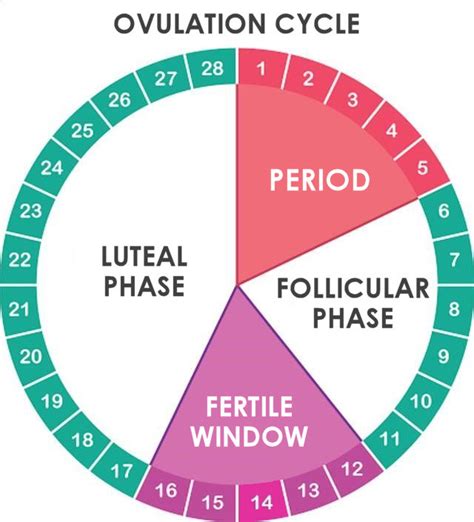An individual’s Body Mass Index (BMI) is a critical indicator of weight status and can provide insights into health risks. Calculating BMI involves determining the ratio between weight in kilograms and height in meters squared.
Understanding how to calculate BMI is essential for medical professionals, fitness experts, and individuals seeking to manage their weight. BMI provides a practical method of assessing weight status, identifying potential health concerns, and tailoring personalized health interventions.

